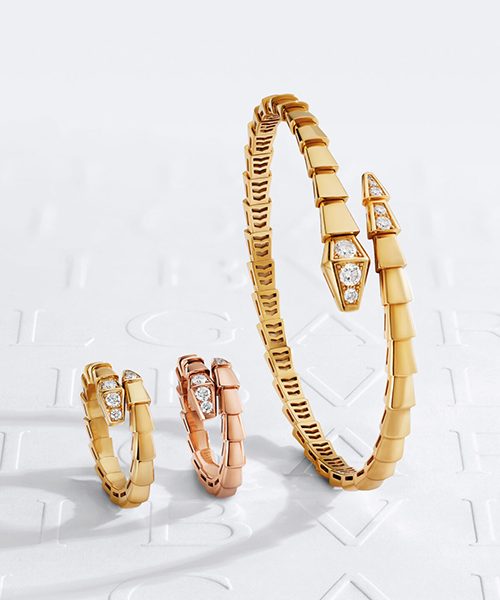
Jeweller and watchmaker, Cartıer unveıled ıts latest hıgh jewellery collectıon
Chapter III of the Beautés du Monde high jewellery collection once again encapsulates the beauty of the world in all its forms, continuing the Maison’s tradition and philosophy of preserving and enriching the beauty of the world.
Within the Beautés du Monde collection, the Ocelle necklace pays tribute to the peacock, a key motif in the Maison’s palette, with two opals weighing at 16.59ct and 6.19ct respectively, alongside a 21.18ct Zambian emerald
Incorporating the form of the eyespots that characterise the peacock’s plumage, the Ocelle necklace mimics the beautiful bird in both colour and shape. The eyespots are miniaturised, multiplied and highlighted by an onyx trim. Each eyespot has mobility, overlapping one another to provide a suppleness to the design.
The fluid movement and design of the piece attests to the excellence of Cartier’s workshops. The custom cut opals and emerald are mounted on their culasse to create an invisible setting. Allowing for increased wearability, the upper opal detaches from the necklace, allowing for it to be worn as a brooch.
Although, the Splendens necklace aims to replicate the undulating fins of a fighting fish, the intent of this piece was never to introduce a new animal into the Cartier menagerie.
Splendens was created with the desire to abstractly represent the delicate nature of floating fins in a high jewellery masterpiece. Made with a cascade of spinel beads, selected for their harmony of colours and increasing size, each bead is held within a type of invisible cap by a tiny nail whose surface plays with the light like water does over the scales of a fish.
The supple bib necklace is lined with nine oval and pear spinals totalling 27.79ct and is studded with square- and lozenge-shaped diamonds.
Cartier’s artisans found inspiration for this piece as they admired a 42.44ct ensemble of five pear-shaped Zambian emeralds. Each gemstone is highlighted by a curve of square diamonds, trimmed with custom-cut onyx – creating a strong sensation of movement. The composition of the necklace features two examples of jewellery-making expertise: the necklace’s suppleness, and the prong-less settings of the emeralds.
Each stone is precisely fitted into a crescent-moon paved with diamonds that is integrated into the border. The creation explores the harmony between white, green and black – a trend which appeared around 1910 and has since become an emblematic combination for the Maison. The black of onyx, lacquer and enamel provides contrast while suggesting volume and depth as the piece highlights geometric motifs. This combination of design motifs heralded the Art Deco movement – of which Cartier was a pioneer.
The Obi necklace draws inspiration from Japanese fabrics, which feature the rising sun motif, paying tribute to the culture of Japan – an inspiring land cherished by the Maison for more than a century.
A 12.53ct cabochon-cut emerald from Zambia provides the starting point for the piece, with seven other emeralds forming the heart of the sun motifs, linking together around the neckline. The roundness of the cabochons contrasts with the geometric nature of the motif, punctuated by small calibrated rubies. Custom-cut onyx inserts mark sharp angles, accentuate volume and provide a depth to the entire necklace.
Cartier has created unprecedented combinations since the beginning of the 20th century – the green, red and black combination is now a signature for the Maison. The colour black is a newer modern entry into the Cartier universe. In keeping with Cartier’s tradition of transformable pieces, the pendant motif detaches from the necklace to be worn as a brooch.









